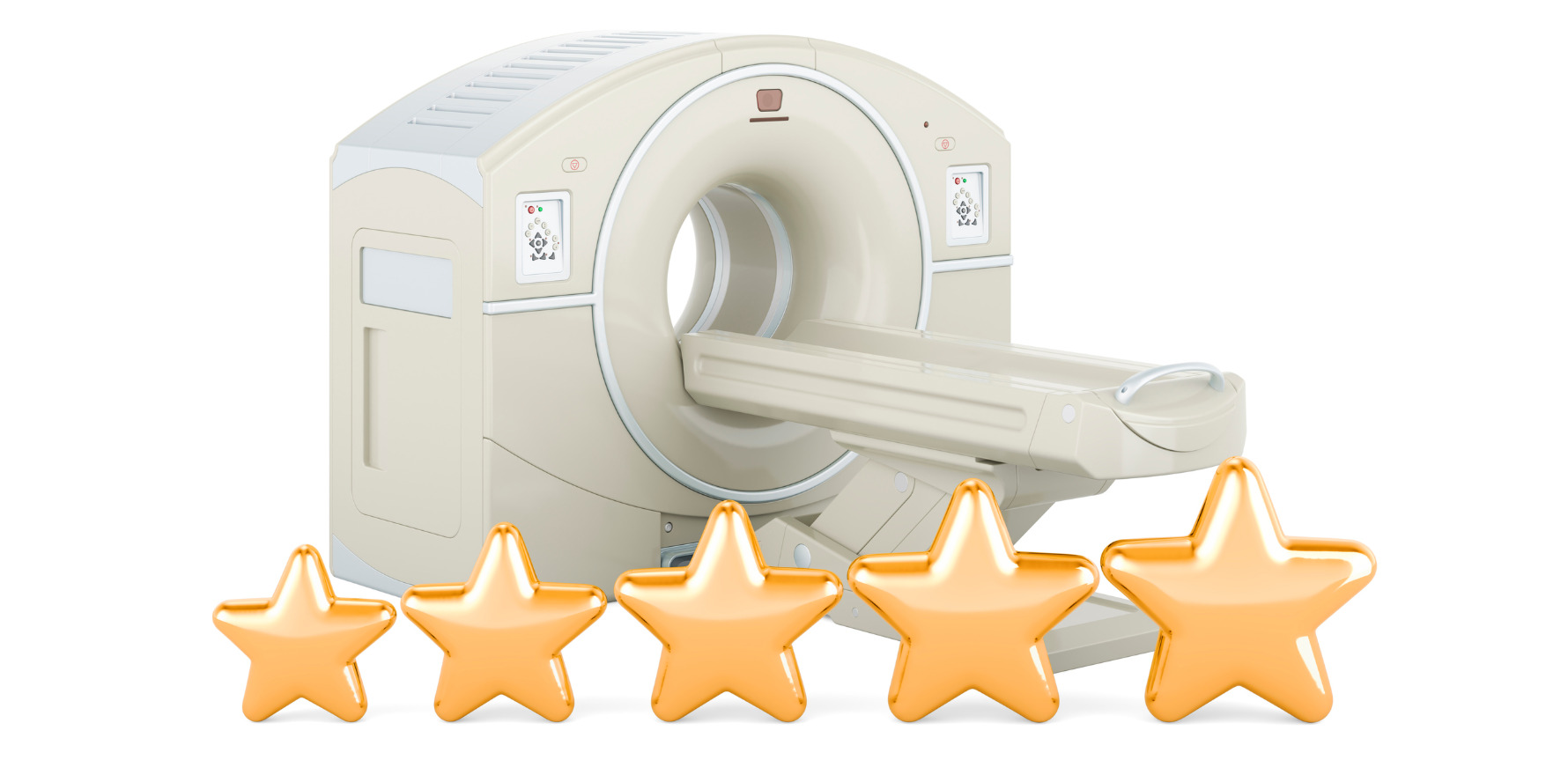Upadacitinib has now been approved for nine indications in the US, following promising recent findings.
Adults with giant cell arteritis in the US and Europe can now take upadacitinib, thanks to new approval from regulators in both regions.
This approval comes off the back of the drug’s success in the SELECT-GCA study, which found half of the patients achieved sustained remission over the yearlong trial.
Patients were randomly assigned to receive either 15mg upadacitinib with a 26-week corticosteroid tapering regimen, 7.5mg upadacitinib in combination with a 26-week corticosteroid tapering regimen or placebo with a 52-week steroid taper.
The primary endpoint looked at the proportion of patients who reached sustained remission from week 12 to week 52, which was the absence of symptoms and adherence to the steroid taper.
Researchers found that 46% of the 15mg group reached that endpoint, compared with only 29% of the placebo group.
The intervention was also more successful on the secondary endpoints of reducing disease flares (34% of those in the 15mg upadacitinib group v 56% of the placebo group) lower cumulative steroid use by the 52-week mark (median exposure of 1615mg compared with 2882mg).
“Upadacitinib at a dose of 15mg also showed superiority over placebo with respect to sustained complete remission, time to a disease flare, cumulative glucocorticoid exposure, fatigue and quality of life,” the authors wrote in NEJM.
The JAK inhibitor would also allow for more-rapid glucocorticoid tapering and less cumulative exposure than treatment with glucocorticoids alone, they continued.
“Oral therapies are generally preferred by most patients over injectable options, particularly by patients with barriers to injections such as older adults with reduced dexterity or impaired vision.”
Sydney rheumatologist Associate Professor Anthony Sammel, who was involved with the trial at its Prince of Wales Hospital site, welcomed the findings for GCA patients.
“Clearly, it’s been shown to be effective, although it’s not a panacea – we’re still seeing a third of patients flaring,” Professor Sammel previously told RR.
“At the moment, the standard of care is tocilizumab with a 26-week prednisone taper. We now have a second agent which has been shown to have efficacy in a phase III trial.”
“At this stage, in whom we use it and how we use it is still to be determined.”
Safety signals in the study were consistent with previous studies, and the 7.5mg dose did not meet primary or secondary endpoints.
The product label recommends 15mg daily with a tapering course of corticosteroids. It can be used once daily as a monotherapy after stopping corticosteroids.
Related
Patients are warned that they are at a higher risk of serious bacterial, fungal, viral and opportunistic infections, all-cause mortality, malignancies such as lymphomas and lung cancers, MACE and thrombosis.
“I think that’s an issue in the GCA cohort, where the median age is 73, so there are going to be patients where ideally we wouldn’t use a JAK inhibitor first line,” said Professor Sammel.
“However, there’s probably that younger cohort of patients in their 50s who don’t have cardiovascular risk factors where it’s going to be possibly quite a useful agent. And I think it’s going to be a useful agent in people who either have relapsed through tocilizumab, or are unable to tolerate it due to cytopenias, or have a reason why they don’t want to use an injection medication.”





